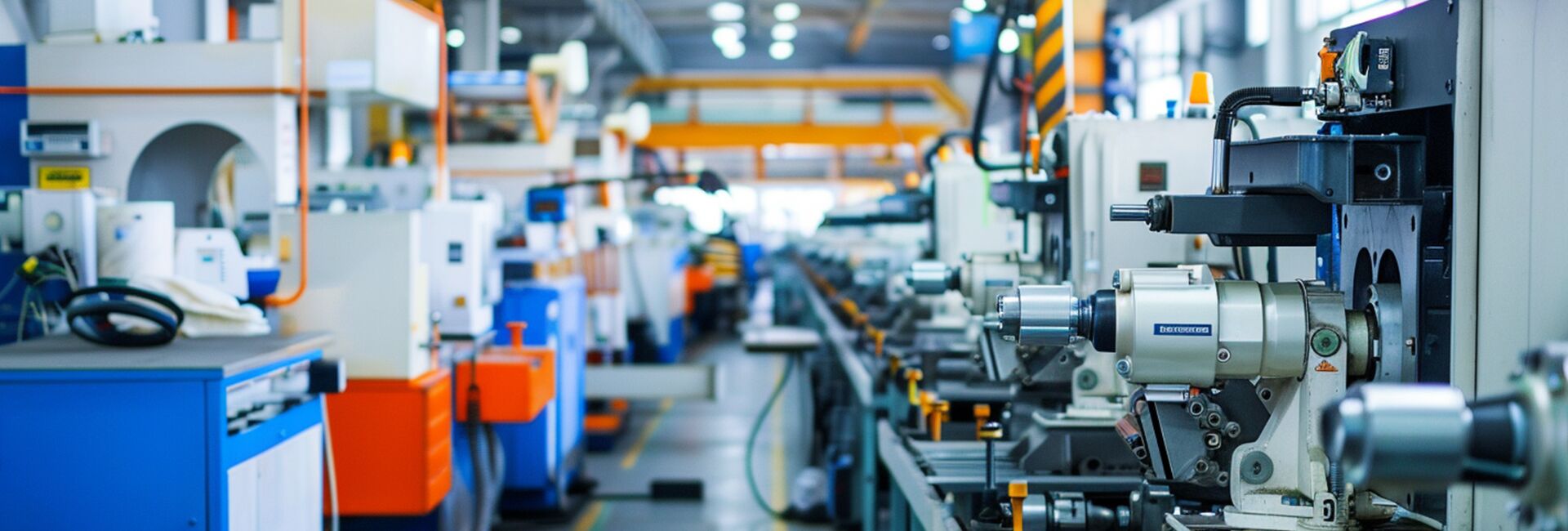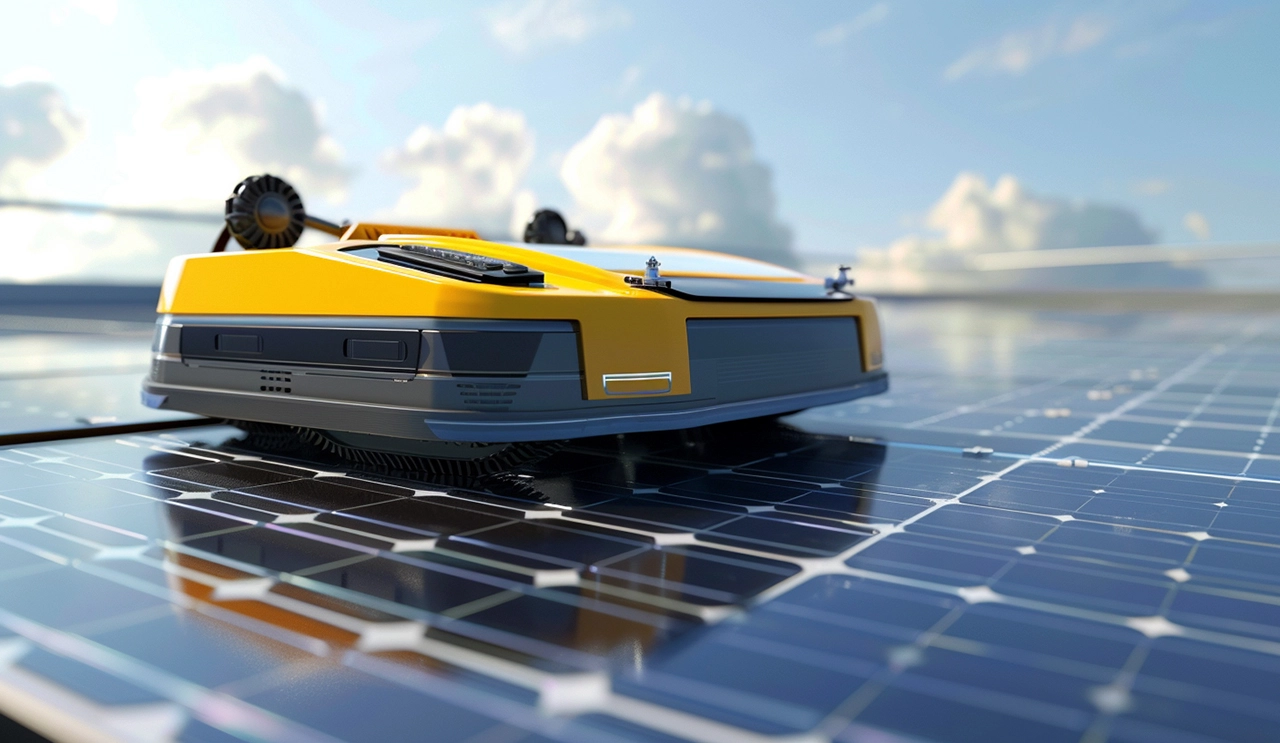
WIRELESS CHARGING IN THE NEWS
With the explosive growth of consumer electronics, the electronics and electrical industry has become the second largest application field of industrial robots after automobiles. According to statistics, the use of industrial robots in China's electronics and electrical industry in 2023 accounted for 31%, involving semiconductor packaging, circuit board assembly, mobile phone parts processing and other high-precision links.
Technical adaptation analysis
Electronics manufacturing requires high precision and cleanliness. For example, the chip package needs to complete the pin welding within the micron error, and manual operation is difficult to meet the demand. Through the force control sensor and visual guidance system, the six-axis cooperative robot can accurately grasp and complete the assembly of micro-components, and the yield is increased to more than 99.9%.
Typical application case
1. 3C product assembly: Foxconn introduced robots to complete iPhone motherboard inspection and screw locking, and single-line efficiency was increased by 40%.
2. Semiconductor packaging: SCARA robots (horizontal multi-joint type) are widely used in wafer handling to reduce the risk of contamination caused by manual contact.
3. Flexible production line: For small batch and multi-variety orders, the robot can realize seamless switching of production line through the rapid transformation system to adapt to changes in market demand.
Industry challenges and breakthroughs
The electronics industry has put forward new requirements for lightweight and high speed robots. For example, the tabletop robot developed by Eston has a load of only 3kg and a repeatable positioning accuracy of ±0.02mm, which is suitable for micro-motor assembly. In addition, the maturity of human-machine collaboration (Cobot) technology enables robots to share work Spaces with workers, further expanding the application scenario.







